
Increased breathing rate during exercise increases the likelihood of inhaling pollution particles if present in the gym - Photo: Freepik
Recently, a group of Chinese scientists conducted a study to investigate air quality in gyms, aiming to clarify the composition and concentration of air pollutants in indoor exercise environments.
Professor Sun Yele from the Institute of Atmospheric Physics of the Chinese Academy of Sciences, who is also the author of the study, said that over a period of 20 consecutive days, they meticulously analyzed the air using a high-resolution aerosol mass spectrometer.
Their findings, published in the journal Environmental Science & Technology Letters, show that indoor gym air contains higher levels of organic aerosols (OA) than outdoor environments. Specifically, about 50% of inhaled particulate matter in gyms is OA, a significant increase from the approximately 40% observed outdoors.
In addition, scientists have identified two distinct types of OA in the gym environment. The first type of organic aerosol siloxane (SiOA) was found in surprisingly high concentrations, accounting for 7-11% of the total OA.
According to Professor Sun, the presence of SiOA is due to the silicone polymer lubricants used in exercise equipment. In addition, OA present in cigarette smoke or cooking activities in nearby spaces is also a factor that affects indoor air quality.
Researchers note that gym ventilation systems can inadvertently draw in pollutants from outside sources.
Therefore, Mr. Sun believes that understanding the composition and concentration of pollutants in the exercise environment is very important to assess the potential health risks associated with exercise, as increased breathing rates during exercise will increase the likelihood of inhaling these particles and affecting human health.
The study supports comprehensive assessments of air quality in a variety of fitness facilities, taking into account factors such as equipment variety, occupancy levels, and ventilation systems. Such investigations are instrumental in developing effective strategies to protect indoor air quality and reduce exercise-related health risks.
Professor Sun also hopes to expand the research by conducting tests in different gyms to determine the prevalence of pollutant particles.
He also expressed optimism about future improvements in the devices, envisioning real-time monitoring of OA and volatile organic compounds to aid in improving understanding of air quality in gyms.
Source: https://tuoitre.vn/tiem-an-cac-chat-gay-o-nhiem-trong-phong-tap-gym-20240522082745307.htm






![[Photo] Overcoming all difficulties, speeding up construction progress of Hoa Binh Hydropower Plant Expansion Project](https://vstatic.vietnam.vn/vietnam/resource/IMAGE/2025/4/12/bff04b551e98484c84d74c8faa3526e0)
![[Photo] Closing of the 11th Conference of the 13th Central Committee of the Communist Party of Vietnam](https://vstatic.vietnam.vn/vietnam/resource/IMAGE/2025/4/12/114b57fe6e9b4814a5ddfacf6dfe5b7f)







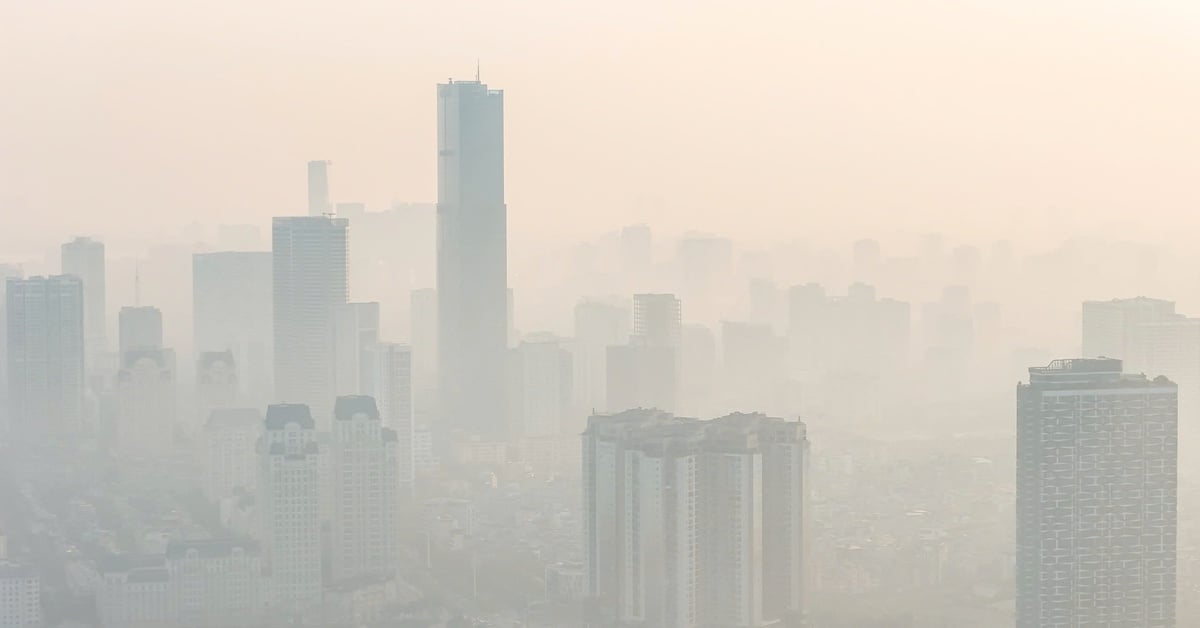


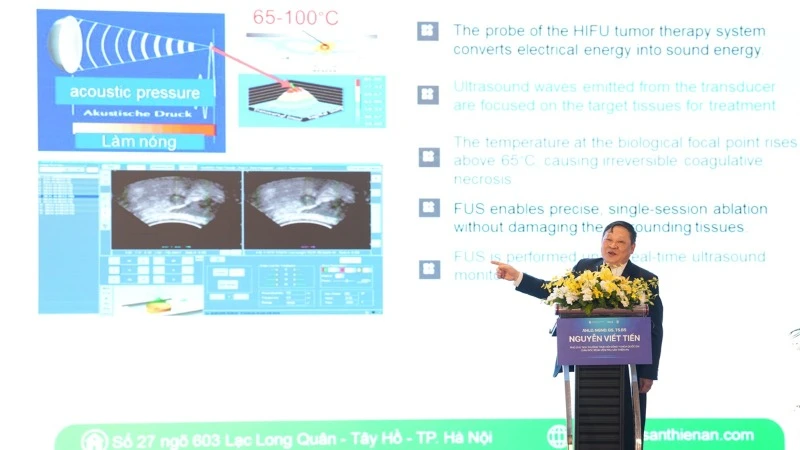
![[Video] First time in Vietnam: Successful implantation of 3rd generation partial artificial heart](https://vstatic.vietnam.vn/vietnam/resource/IMAGE/2025/4/12/8817412224094c68ba2c744b7bd5cfea)



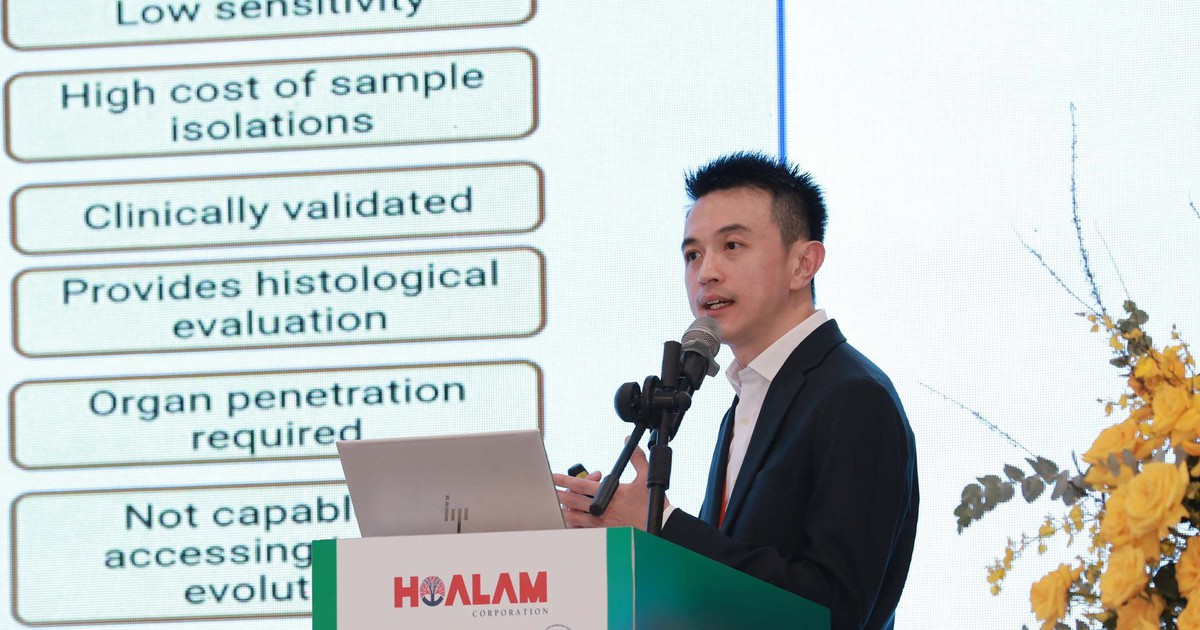






















































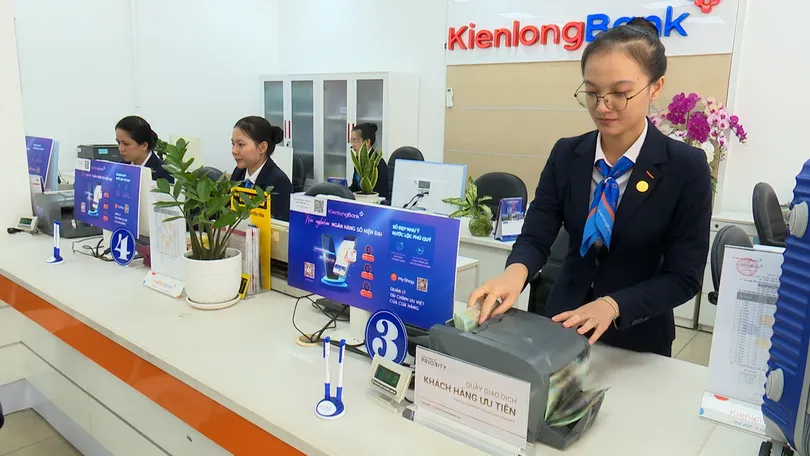
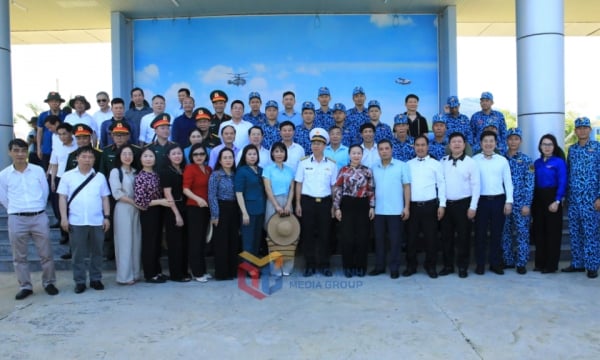

















Comment (0)